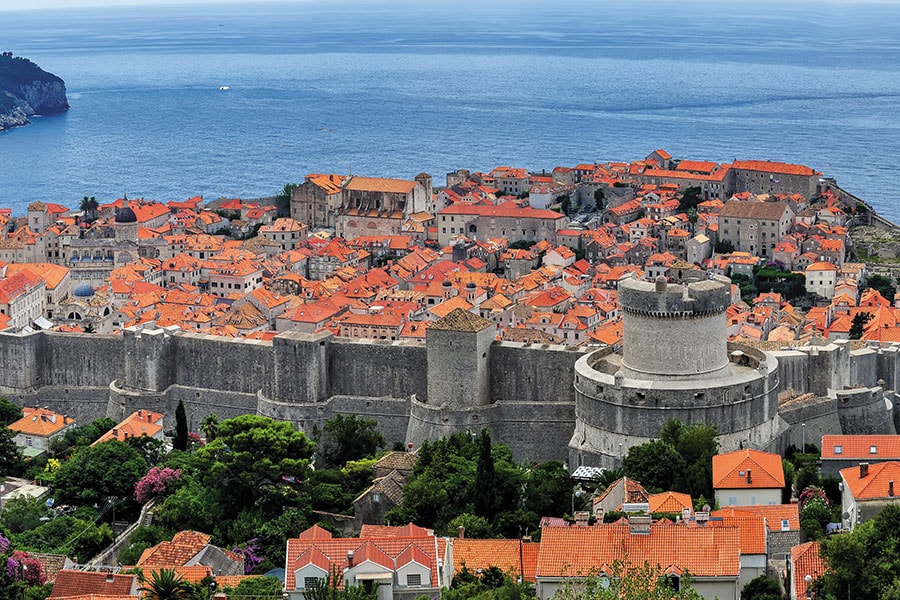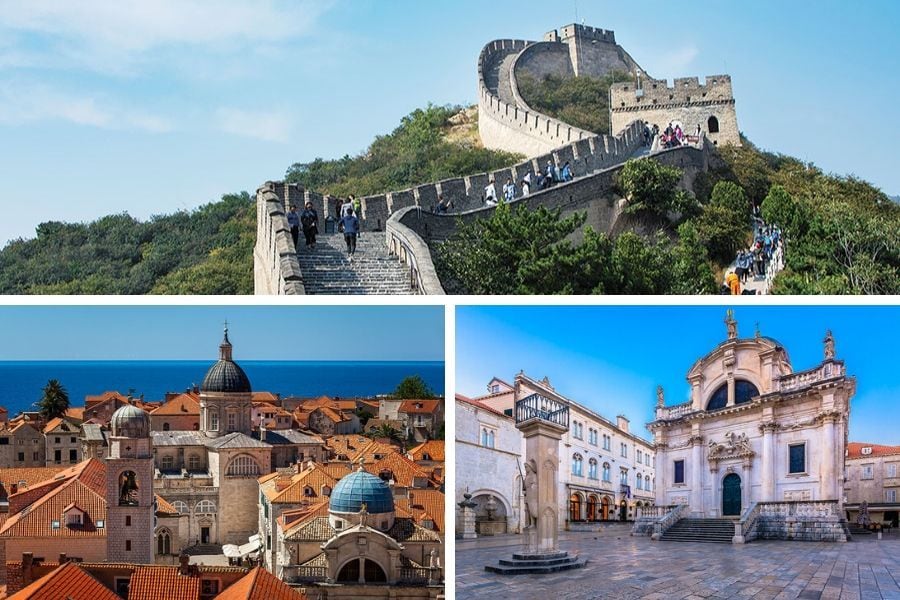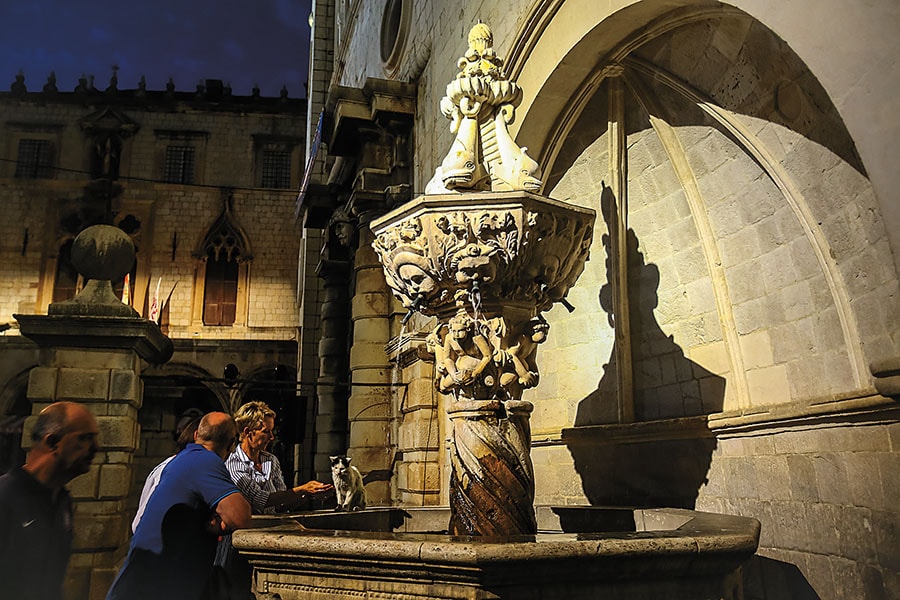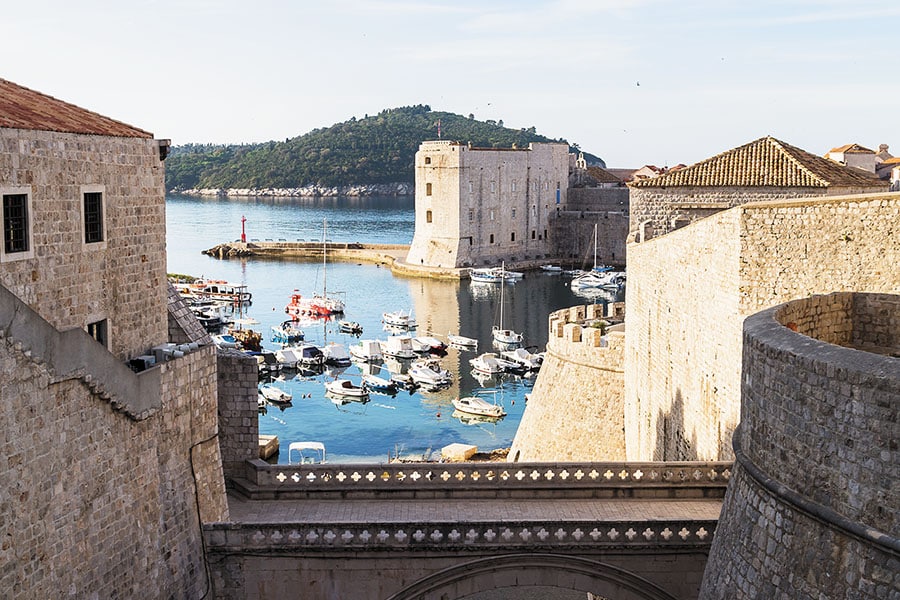
Travel: In Dubrovnik, Croatia, where the walls tell tales
The Walls of Dubrovnik in Croatia are an example of the old world's need for, and fascination with, stone fortifications
 The walls in Dubrovnik go on for almost 2 km around the old town. They rise up 80 feet from the ground.
The walls in Dubrovnik go on for almost 2 km around the old town. They rise up 80 feet from the ground.Ever since the world discovered Dubrovnik, things have not been the same for this beach destination on the Dalmatian coast, fondly known as the ‘Pearl of the Adriatic’. Or for Croatia, for that matter. And then came Game of Thrones. Things only got more frenzied, with fans of the immensely popular television series thronging its narrow cobblestoned lanes in search of their favourite filming locations, and specialised guided tours mushrooming almost overnight across town. On any good day in high tourist season, it is almost impossible to find a quiet spot inside the old town or walk into a restaurant for dinner without prior reservation. If tourists who drive up or fly down to Dubrovnik are not enough, over 800,000 cruisers hop off at the port every year for a day’s worth of wander.
None of this is to say that I dislike this pretty town in the southern tip of Croatia, located nearly 600 km from the capital city of Zagreb and washed by the blues and greens of the Adriatic Sea. Dubrovnik’s fame and status as a Unesco World Heritage Site are utterly justified. We are in Dubrovnik just after the madness of the summer months has somewhat subsided, and we have the luxury of sitting in silence by the harbour late at night, with a view of the city’s night lights and in the company of cats that strut around like they own the city.
Despite the rich history of the region, Dubrovnik’s museums are fairly uninspiring. However, the War Photo Limited gallery—a permanent space showcasing the devastating 1990s war in Yugoslavia—is a sucker punch to the soul, with compelling images of the horror and futility of war. We stroll along the Stradun, the pedestrianised promenade (officially called Placa)—it is lined with lively cafés and pubs, new souvenir shops and old churches—that cuts through the heart of the old town.
But what I have looked forward to the most are the walks along the city walls. And so early one morning, we line up for tickets to the Dubrovnik City Walls—locally called ‘Dubrovački miri’—and find ourselves at the lower Pile Gate (pronounced Pile-uh), one of the main entrances to the walled city, complete with drawbridge and padlocks. It is one of the three spots from which to begin the walk, and after taking some local advice, we get there when it just opens for the day.
 The Great Wall of China receives more than 10 million tourists every year; the Stradun promenade is lined with old churches; view during walks along the walls
The Great Wall of China receives more than 10 million tourists every year; the Stradun promenade is lined with old churches; view during walks along the walls
Image: Shutterstock
(This story appears in the 30 November, -0001 issue of Forbes India. To visit our Archives, click here.)



 The Onofrio fountain which was built in 1438
The Onofrio fountain which was built in 1438  View of the Adriatic Sea
View of the Adriatic Sea



